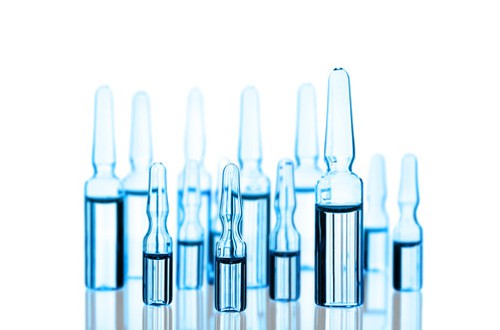
Returns on R&D in the drug industry are too low to sustain future pipeline investment, according to a new Deloitte study.
While the number of new drugs reaching the market last year reached a record 43 products, the headline figure masks underlying problems that will require a transformation of the R&D approach to fix, the study suggests.
The report – Measuring the return from pharmaceutical innovations 2015: Transforming R&D returns in uncertain times – reveals that R&D returns for the top 12 pharma companies in 2015 have fallen to 4.2% – less than half the 10.2% return enjoyed in 2010.
The bottom line is that costs to develop new products are rising – from an average of $1.18bn in 2010 to an estimated $1.58bn this year – while average peak sales have halved from $816m to $416m.
“The numbers simply do not add up for life sciences R&D to generate an appropriate return,” notes Deloitte.
Some companies have responded with a push into specialty therapeutics, but they need to be mindful about potentially missing valuable opportunities in primary care categories.
On the plus side, costs associated with terminated R&D projects have reduced from $80bn in 2010 to $30bn this year. Meanwhile, a new cohort of four smaller, mid-to large-cap companies – included in the report for the first time this year – paints a rosier picture.
This group see 13% higher average peak sales, spend 25% less on average to develop an asset and get a 17% return on their investments, more than three times the average across the entire cohort of 16 companies. That suggests bigger companies are struggling to perform as well as their smaller counterparts.
“While the outlook shows uncertain times for the industry, the solutions appear to be relatively straightforward,” commented Neil Lesser, life sciences R&D strategy lead at Deloitte US.
“Focusing on fewer core therapy areas, and building end-to-end scientific, regulatory and commercial capabilities in those areas, may provide the greatest chance of holistically addressing the complexity of successfully bringing a drug to market,” he noted.
Other key factors include making external collaborations a core component in the R&D engine – something that the smaller cohort of companies seems to achieve with greater efficacy – and “being bold to reduce development complexity, streamlining functions and addressing unproductive infrastructure”.




